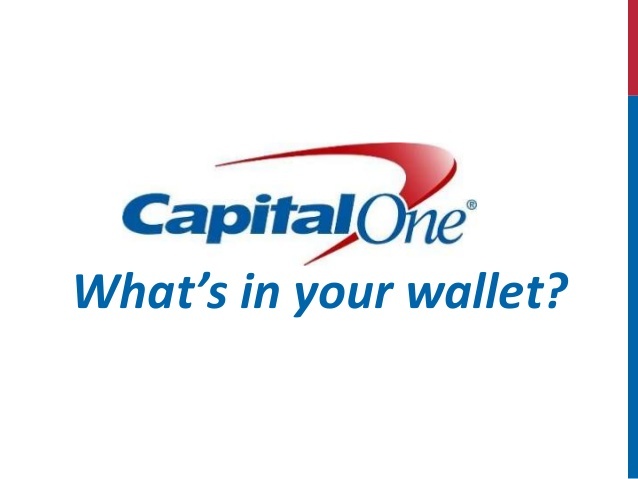Branding Kits: Why & What You Need to Help Your Brand Stand Out
The What and Why of Branding Kits
We have the answers to all your branding kit questions.
When it comes to growing a business and determining its long-term success, a key element you’ll need to consider is your branding.
In today’s modern day, people are constantly inundated with products, services, and businesses that want to make them a customer or client. The best way to make sure you stand out from the crowd is through cohesive, consistent branding.
And, of course, by providing quality services or products, but that’s another story for another day.
A branding kit helps you create a story for your target audience. It keeps you focused and consistent in how you relate to the world.
Today, we’re going to take a look at branding kits, their purposes, and why they’re so important.
What is a Branding Kit?
Before we get started, let’s make sure we’re all on the same page about what we mean when we say ‘branding kit’.
Some people think branding kits are as simple as having a company logo and having that logo on the website.
Sort of?
A logo is a key piece of a branding kit, but only a part of the bigger whole.
A branding kit is a set of guidelines for the visual components of your brand, whether that be a company, a service you’re offering, or a product you’re selling. A branding kit creates a series of concrete ‘rules’ to follow so a brand doesn’t become muddled or incoherent.
A branding kit is where you’ll keep the fonts you’re going to use for your business, your color palette, and other elements that determine how your brand looks. And, yes, that includes your logo and how your logo will be used online and in everyday operations.
To be clear, a branding kit is different from more general branding guidelines. When we talk about branding guidelines, it’s more about how a brand is being presented. This can be anything from social media posts and videos, the copy on a webpage, or even press releases.
Both branding kits and branding guidelines are extremely important for your brand, but they are different.
Why Do You Need a Branding Kit?
Now that we’re on the same page about what branding kits are, the big question is why does a brand need one?
The general reason brands, companies, and small businesses need branding kits is to create an effective, consistent, and recognizable image. These are all extremely important parts of what make successful companies so successful.
A combination of colors.

A logo.

A tagline.

When created properly and used effectively, these individual parts of a brand come together to create something memorable.
Recognition
The first reason branding kits are needed is because they create recognition. The more people associate certain colors, logos, or taglines with a company, the more comfortable they feel with it.
Easy recognition because of a branding kit can also help set you apart from your competition. If everyone in your space is doing the same old, same old, being different and recognizable makes you memorable.
And people return to the brands they remember, which is another reason to having a branding kit…
Brand Loyalty
Having consistency in branding helps customers see and remember a brand. If they’ve used your brand before and associate positive feelings with it, there will be less thought into them purchasing or using your brand again.
Cohesive branding makes it easier for customers, which will create a level of brand loyalty.
Simple Marketing
Instead of having to think through every marketing attempt from the ground up, having a clear brand identity and an easy to access branding kit takes out a lot of the guesswork. When you’re creating adds, you’ll already know what colors to use, where your logo should go, and what font you’ll use for your copy.
A branding kit just streamlines and simplifies marketing.
Consistency During Growth
We’ve mentioned consistency a lot when it comes to branding kits. However, there’s another aspect to why the consistency a branding kit provides is so important.
Right now, your brand might only involve you. If you know your colors and fonts and logo placement, you might overlook creating a kit. But what if in a year or two your brand, company, or small business grows? Will your brand remain consistent throughout that growth?
A branding kit is something super simple to make and is also very easy to share. As a brand expands, everyone involved can stay on the same page when they’re all looking at the same branding kit.
Taking the time to build a branding kit now could save you from a lot of confusion in the future.
What Goes in a Branding Kit?
Creating a branding kit can be a bit labor-intensive, but it’s very much worth the effort!
The key to making sure you’re not overwhelmed by every little detail when it comes to your branding kit is to focus on the three main elements that are most important. We’ve thrown in a fourth, just in case you want to thorough!
Remember as you’re putting these elements together that you’re trying to craft a visual story for your target audience. Keep in mind how these elements balance and work in tandem, as well as how they’ll look on different branding material, from your brochures to your Instagram page.
Logos
Again, a logo isn’t a branding kit! A logo is only part of a kit.
There’s a lot of creative license when it comes to logos, but no matter what shape or form you decide on for your logo, it needs to go in your branding kit.
When you’re putting your actual kit together, include the high-resolution version of your logo in a variety of formats. You’ll also want to provide your logo on a clear background, as well as any other variations, like a black and white version for when colored printing isn’t an option.
List out the sizes the logo should be on specific platforms. If you size a logo differently on your stationary than you do on your Instagram, give those measurements.
When it comes to the quality, size, color, and placement of your logo, there is no such thing as being too detailed.
Color Palettes
Nothing can ruin brand identity quite like seeing a well-known brand or logo in the wrong colors. Can you imagine a T-Mobile poster in a blush pink instead of its typical electric pink?
In your branding kit, you want to include your color palette in excruciating detail. Not only should you provide images of the color profile, you should also provide the color codes for every platform. We’re talking the numbers for CMYK (standard printing) and RGB (digital design). And for safety, especially if you only have one or two colors for your brand, include PMS.
If your brand has more than one set of colors, like a primary and secondary set, make sure to include both. Always clarify where each set of colors can be used for your brand and how they should be combined.
Font Guide
One of the simplest ways to create a cohesive look for your brand is by using the same fonts across all platforms. In your branding kit, it’s important to include the fonts you’ve decided best represent your brand.
When putting your font identity together, think of the various sizes and hierarchies you’ll be using in various settings. What will you use for your headlines, both in print and on social media? What font will you use for the body of your copy on your website?
Make sure you include all these variations. And as you put them together, make sure they go together! You want fonts to make sense when used together, so be careful with your choices.
Word to the Wise: Sometimes, different platforms won’t have your exact font. For example, Canva might not offer all the fonts found in Microsoft Word. Have a few fonts on hand that look similar to yours, just in case someone somewhere doesn’t have your exact font.
Social Media Layouts
Adding social media layouts may seem a bit over the top, but how you present yourself on Facebook, Instagram, and even Twitter matters.
A great way to create cohesiveness on your social media platforms is to provide a series of layouts and mockups that can be used for various situations.
For example, if you’re announcing a sale, have a layout that is only used for announcing sales. This will create consistency, but also easy recognition. If someone following you sees a sale post, they won’t even have to read the post to know you’re offering a sale!
You don’t always need layouts or mockups for your social media platforms, but have at least a few you use for very specific posts.


